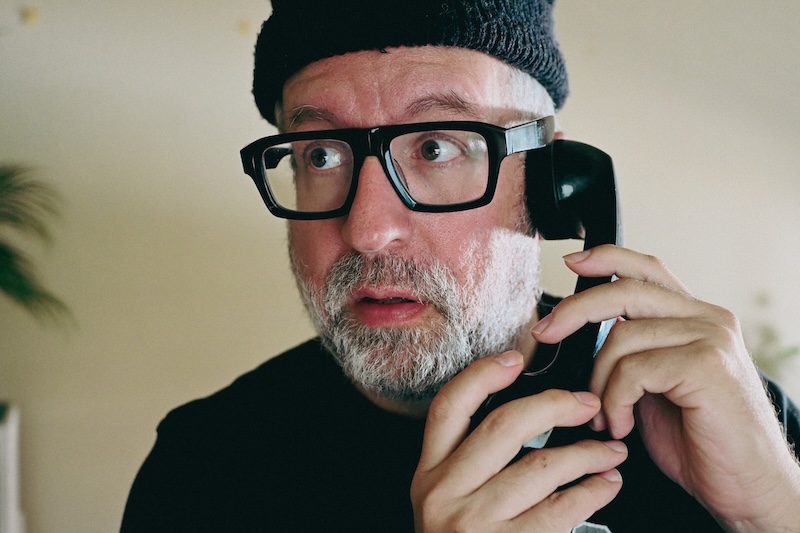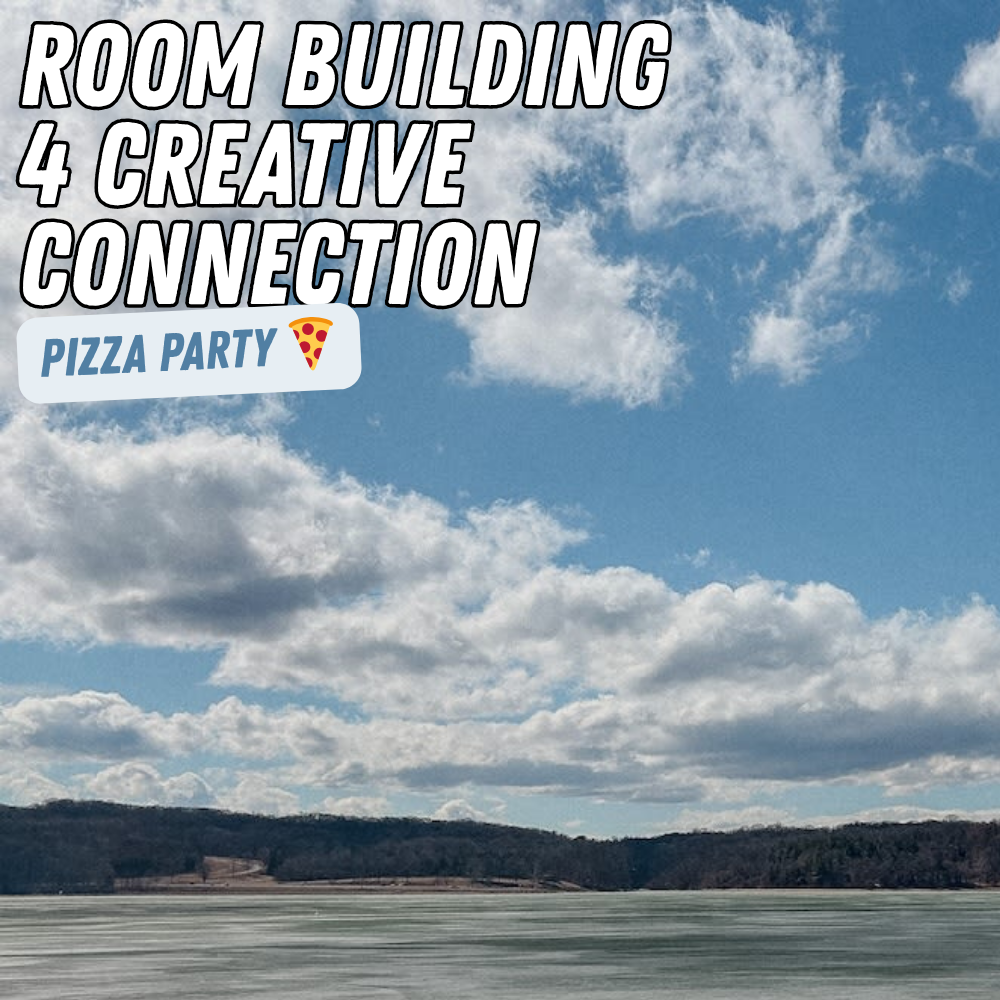Category: TechnologyCategory: Technology
Lots of well paid people sit in meetings all day plotting new ways to keep us exhausted and tied to the idea that without social media we’re nothing. Their livelihood (and two summer homes) depend on you making another post, using another hashtag, editing another vertical video.
They want you lugging a mic stand into the woods instead of playing a gig on a Tuesday night.
If you’re not spending time on their platform, why would they help you promote your gig? That’s why they want your “native uploads.” You’re rewarded with likes and “views” from people you don’t know, can’t meet, and maybe don’t even exist.
On a morning walk this week, I saw a university work truck holding up traffic while the driver got out to pick up a paper cup that someone threw on the sidewalk. Sometimes the tools we use can be overkill. What gigantic tools are you using that could you stop using today and still get the job done?
Rigid publishing schedules and timelines are the teachings of the techbro industrial complex, the unholy trinity of The Data, The Device, and The Distraction.
Social media was a job we never signed up for, a part time gig to appease the algorithm. Displease the platform and you’ll be banished from the feed.
Yet I talk to many creative people who’ve stepped away from the social media circus and they’re doing fine. People who’ve left tech jobs and done okay. People who’ve left the hustle Olympics and realized there is life outside the algorithm.
As Erin Shetron said, daring to “(imagine) what devotion to craft can look like outside of platform demands.”
Instead of getting more subscribers, what if we focus on getting better?
Without a map, “better” becomes difficult to find. Without external validation or “engagement,” we’re off the hook – who can blame you for throwing in the towel?
But like my buddy Sean Cannon said on a recent Escape Pod Zoom call:
“All you have to do is just be 5% better than everyone else who’s really bad at it. You don’t have to get everything perfect… you just have to be a little bit better so you can survive the war of attrition.”
This doesn’t mean you have it all figured out, it just means you have the chance to figure it out because you didn’t burn out and give up.
I didn’t leave social media because I listened to the OFF THE GRID podcast and Amelia Hruby, PHD told me step by step how to delete my accounts, or give me steps 1-10 how I’d find work if I don’t have a LinkedIn account.
I left the social media platforms because Amelia showed that it was possible.
Artist Edgar Fabián Frías, from a recent Off The Grid episode:
“It happened because she showed that it was possible. It’s like we’re all starting to reorient and move in a different direction. And of course it’s gonna take, you know, a lot of different shapes and forms.
But I am just so excited to see like how we start to innovate, ’cause we’re all so creative and, and you know, there’s so many geniuses in our networks that I’m thrilled to see what happens when we start to kind of put our energy in this direction.”
If there’s a map, there’d be no magic to it because it takes away the tension. When there’s no tension, it’s just color by numbers, something to follow, and if it doesn’t work out, you can point your finger and say, “see? I knew it wouldn’t work.”
A new way is possible, and it’s gonna require some work, magic, and community to figure it all out.
We’ll find the new way together, when dipping our feet into a creek, or during the conversation on a long drive home after a show.
Amelia Hruby, PHD is a guest on next week’s Escape Pod Zoom call.
I get this question a lot. The short answer: it depends, but probably yes.
(This text taken from my recent Substack Live, then cleaned and edited for readability.)
You wouldn’t buy concert tickets for a band you’ve never heard. You don’t buy a car without a test drive. So why would someone subscribe to your newsletter if they can’t see what it looks like first? Substack makes that possible. Every newsletter is live on the open web, easy to read before committing. It’s like a magazine stand for your work.
Another big factor is friction. On Substack, if someone already subscribes to other newsletters, their info is already filled in. That means all they have to do is click once to subscribe to yours. It seems small, but every bit of reduced friction matters.
Another advantage is shareability. Every post you publish on Substack has its own URL. That link can travel anywhere—text messages, group chats, Discords, blogs, other newsletters. When someone shares your work, it doesn’t just stop like it does with a closed system like Mailchimp. It keeps moving. Each post becomes its own landing page with a simple subscribe button right there.
Yes, that are limits, of course. If you need automations o tagging, Substack probably ain’t the right fit. But if your goal is to publish consistently, be seen, and make it easy for readers to subscribe, moving your list to Substack is a solid move.

I help creative people quit social media, promote their work in sustainable ways, and rethink how a website and newsletter can work together. Find out more here. 🏳️🌈🏳️⚧️
Join us — Get a 30 day trial for $10 and join our next Zoom call meeting!
Looking for personalized help? Check out my Email Guidance offering.
Need help now? Book a 1:1 call here.
Email me: seth@socialmediaescape.club
Subscribe via RSS


